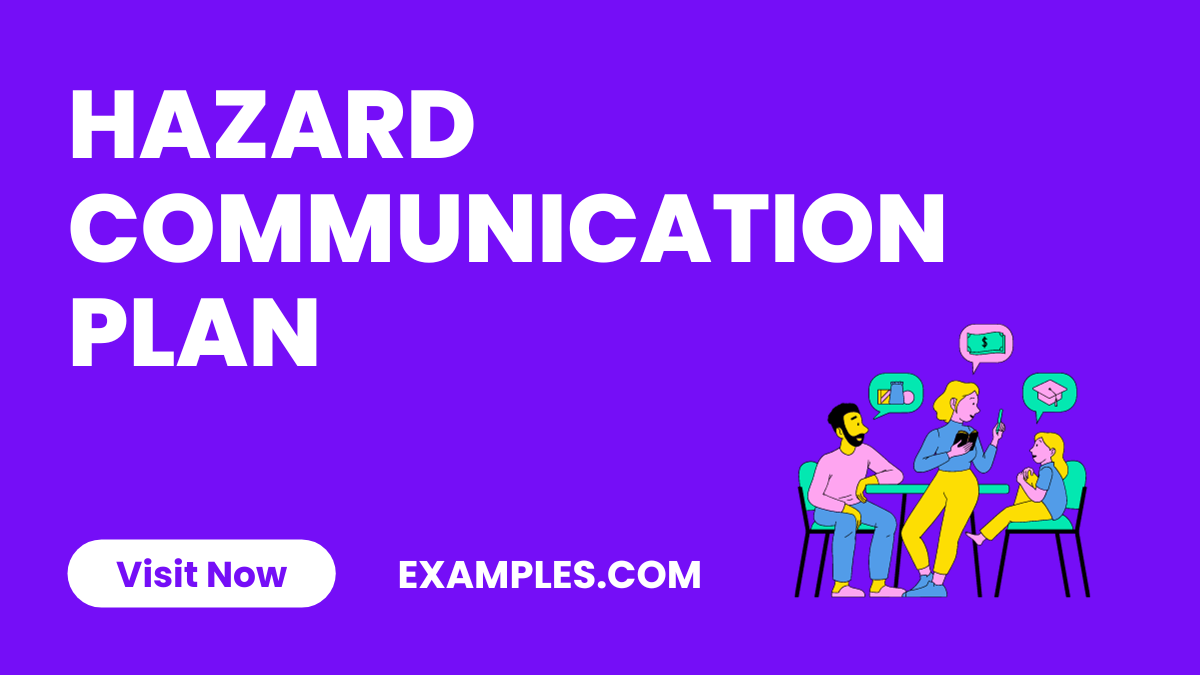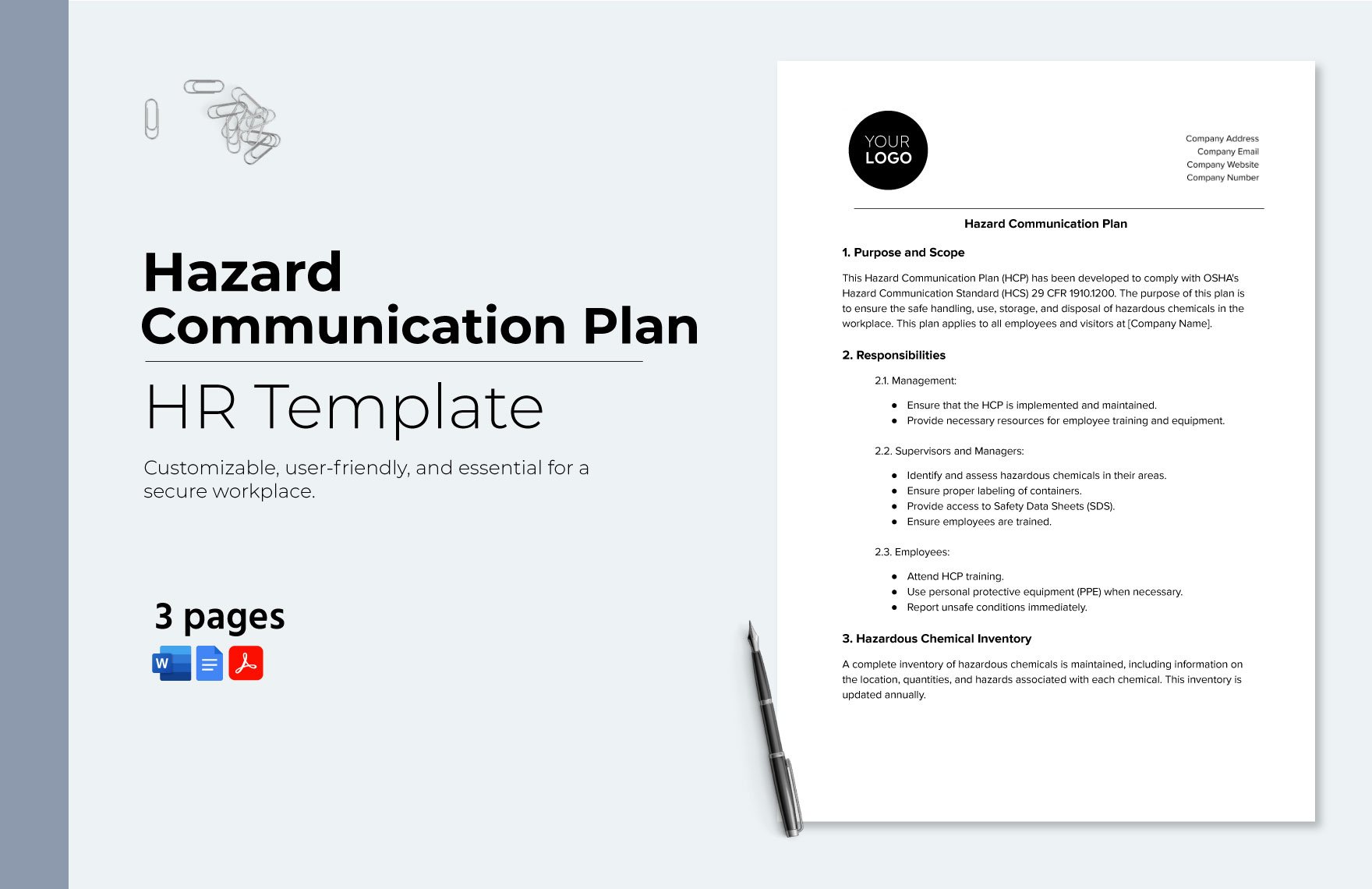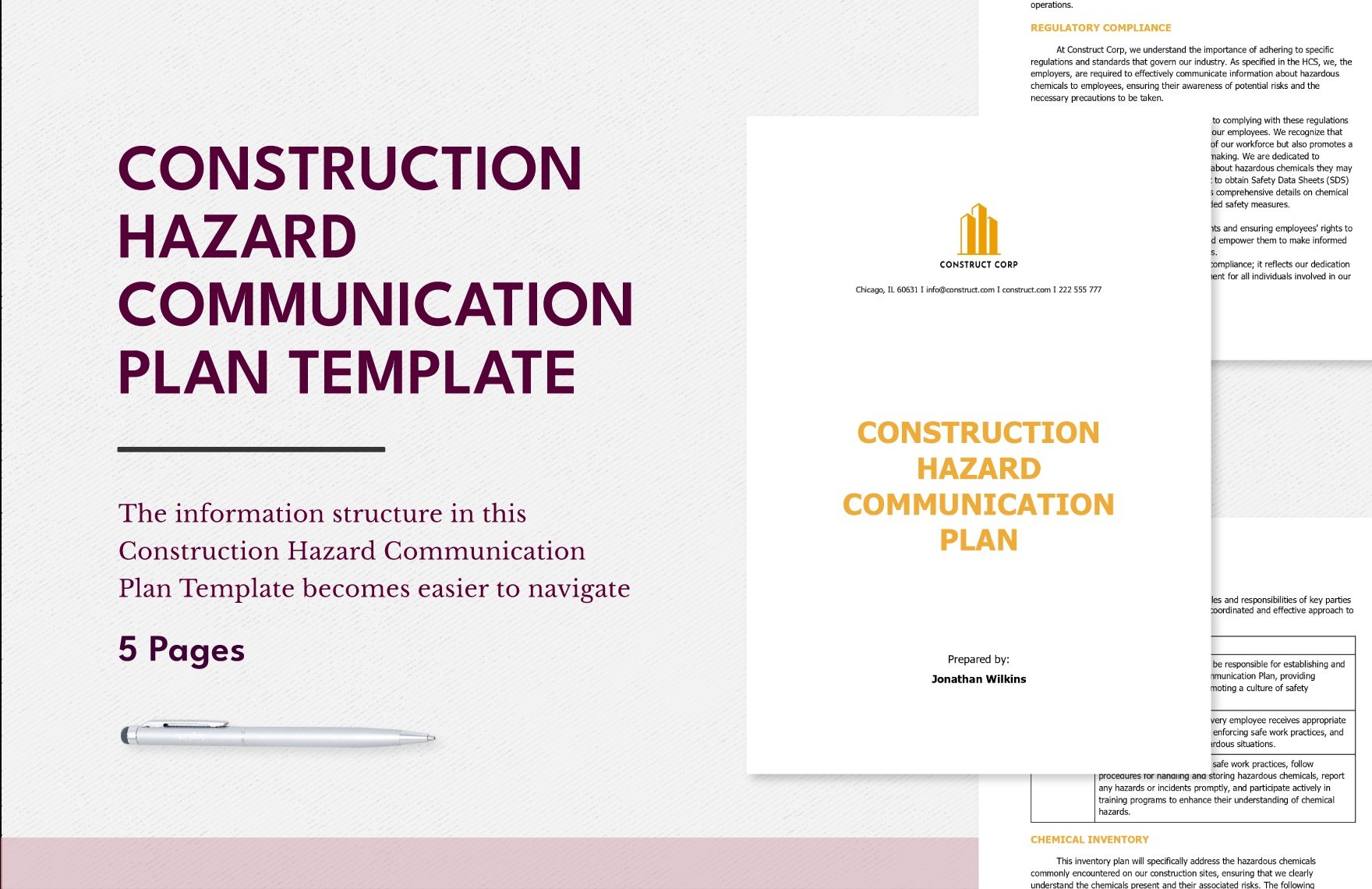7+ Hazard Communication Plan Examples
The Hazard Communication Plan serves as a vital guide for navigating complex relationship dynamics. It provides a detailed exploration of the intricacies of communication, specifically highlighting various communication examples that can lead to misunderstandings and conflict in relationships. This comprehensive guide delves into the nuances of verbal and non-verbal cues, offering insights on how these can inadvertently contribute to emotional distance and examples in miscommunication. By understanding these examples, couples can develop more effective communication strategies, leading to healthier, more resilient relationships.
Download Hazard Communication Plan Bundle
Hazard Communication Plan
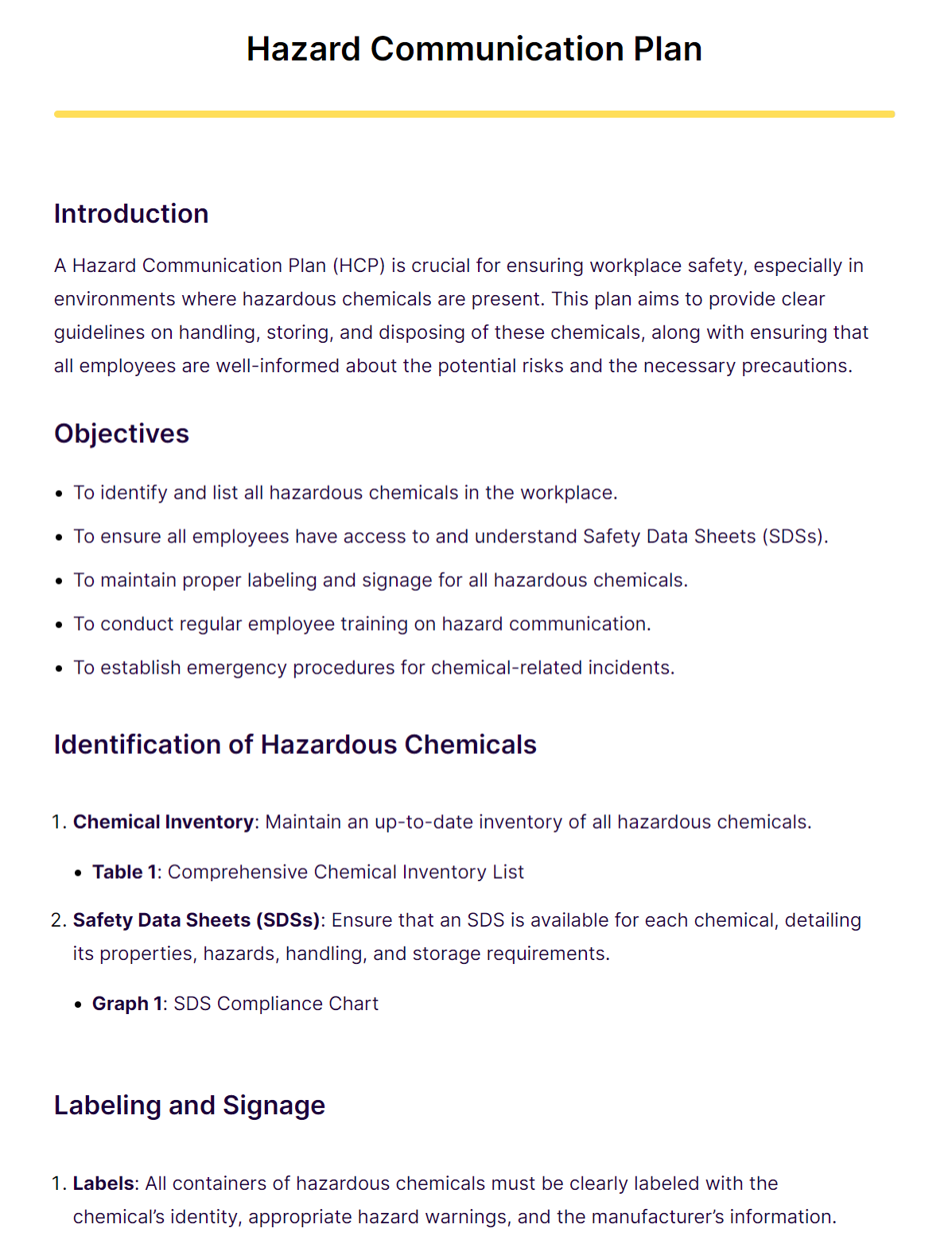
The Hazard Communication Plans tailored to different workplace scenarios. It provides comprehensive guidelines for handling, storing, and disposing of hazardous chemicals safely. The plans emphasize the importance of clear labeling, accessible Safety Data Sheets (SDSs), and proper employee training to ensure workplace safety. These examples serve as a valuable resource for organizations looking to implement or refine their own hazard communication strategies.
Hazard Communication Program Plan
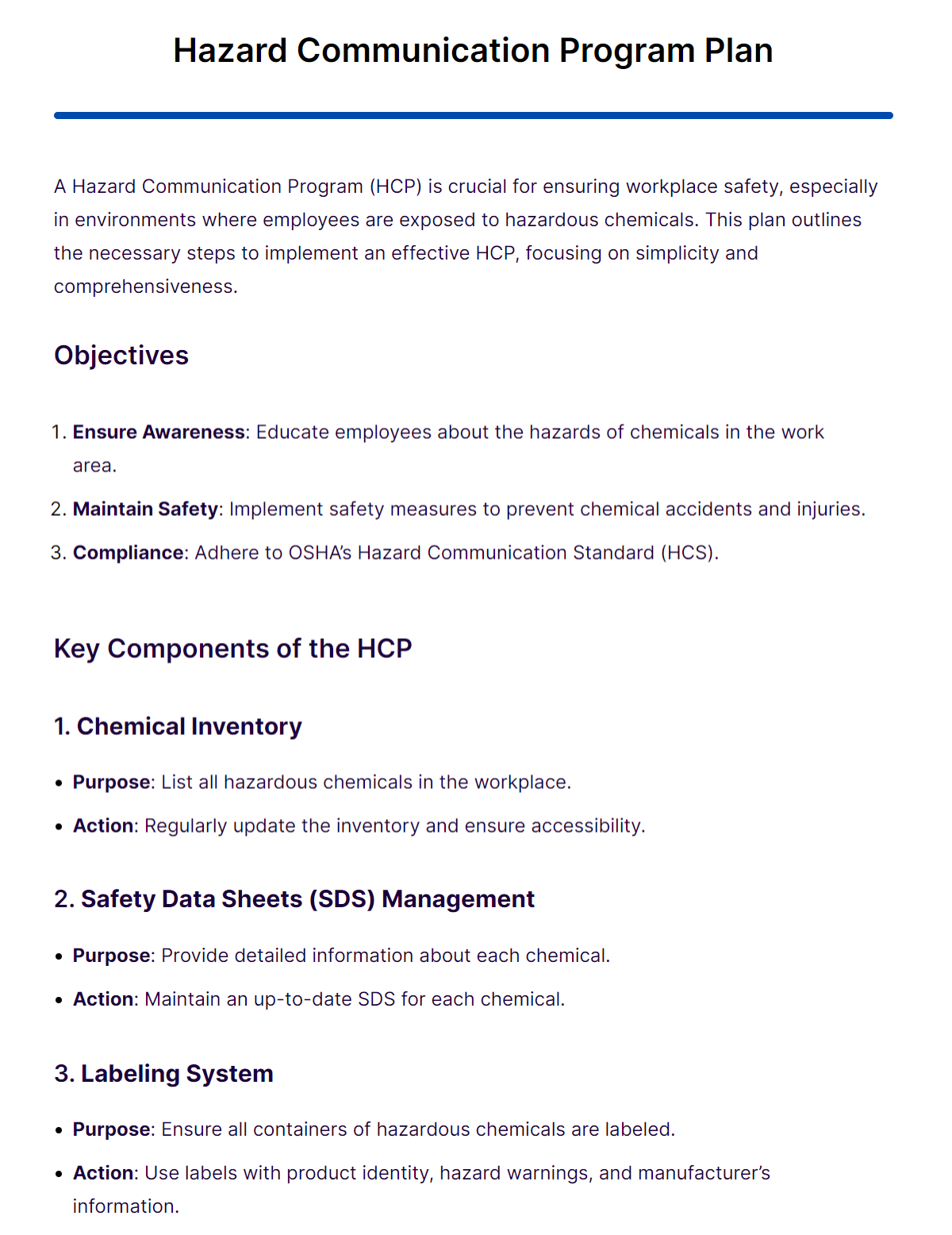
The Hazard Communication Program Plan is a detailed resource for workplace safety, focusing on managing hazardous chemical exposure. The plan encompasses vital elements such as chemical inventory management, safety data sheets, labeling systems, employee training, exposure control, and emergency response procedures. It emphasizes compliance with OSHA’s standards, aiming to educate and protect employees from chemical hazards. This guide is an essential tool for creating a safer workplace environment.
Hazard Communication Plan in Construction
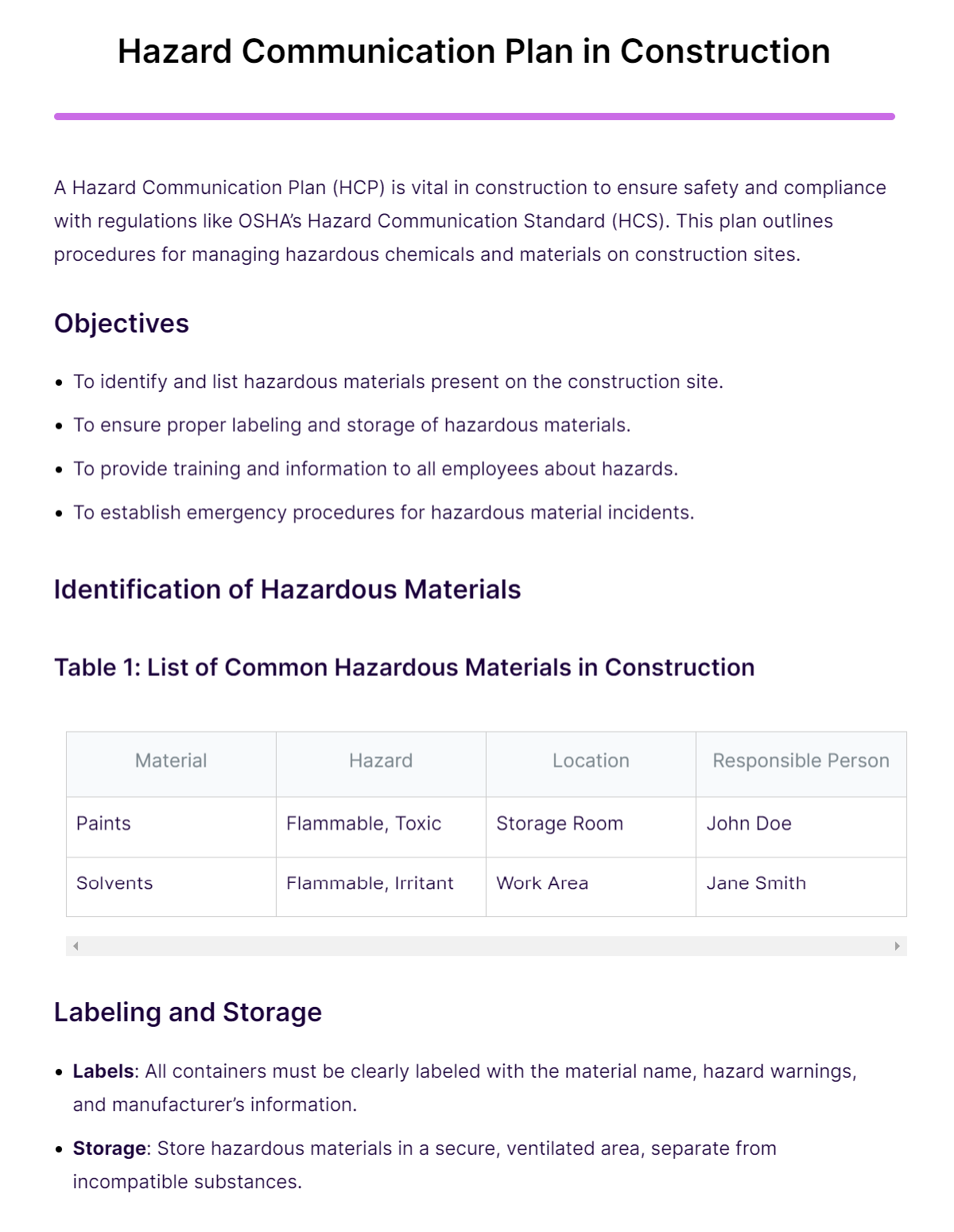
The article Hazard Communication Plan in Construction focuses on the critical aspects of hazard communication within the construction industry. It outlines the significance of developing a robust Hazard Communication Plan to ensure workplace safety and compliance with regulations. The guide includes practical examples, strategies for effective communication skills of hazards, and methods for training employees about the potential risks associated with construction materials and chemicals. This resource is essential for construction professionals seeking to enhance safety protocols in their projects.
Hazard Communication Plan HR Template
Construction Hazard Communication Plan Template in Word, Google Docs
Hazard Communication Plan Example
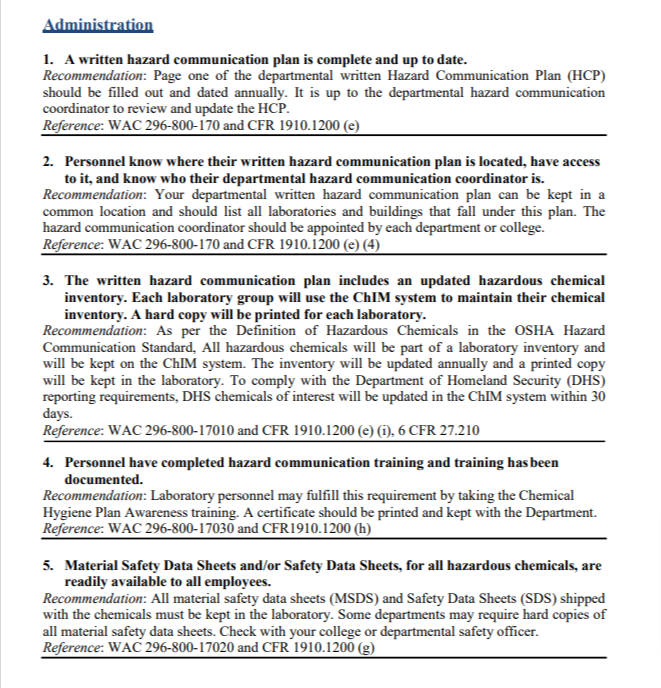
cwu.edu
DownloadHazard Communication Program Plan for Employers
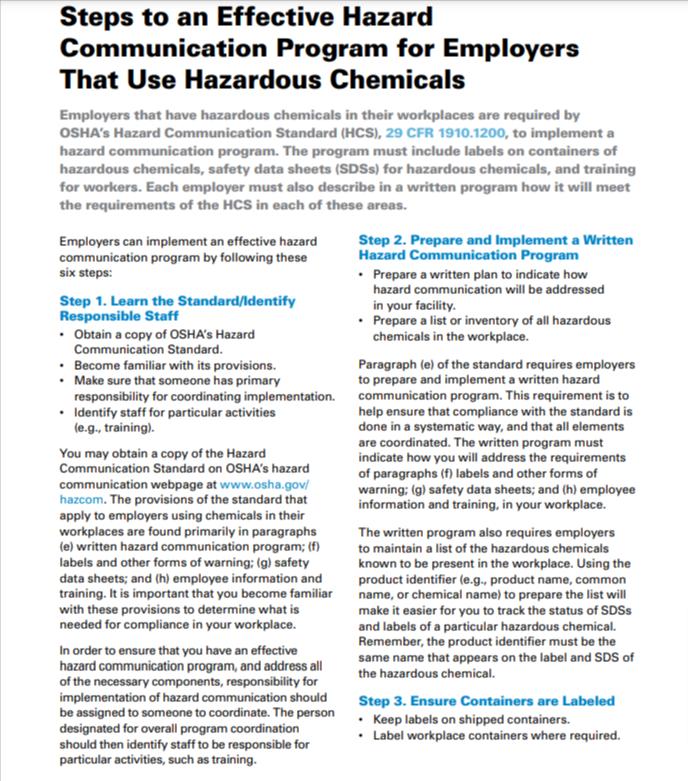
osha.gov
DownloadHazard Communication Plan for Temporary Workers

osha.gov
DownloadSample Written Hazard Communication Plan
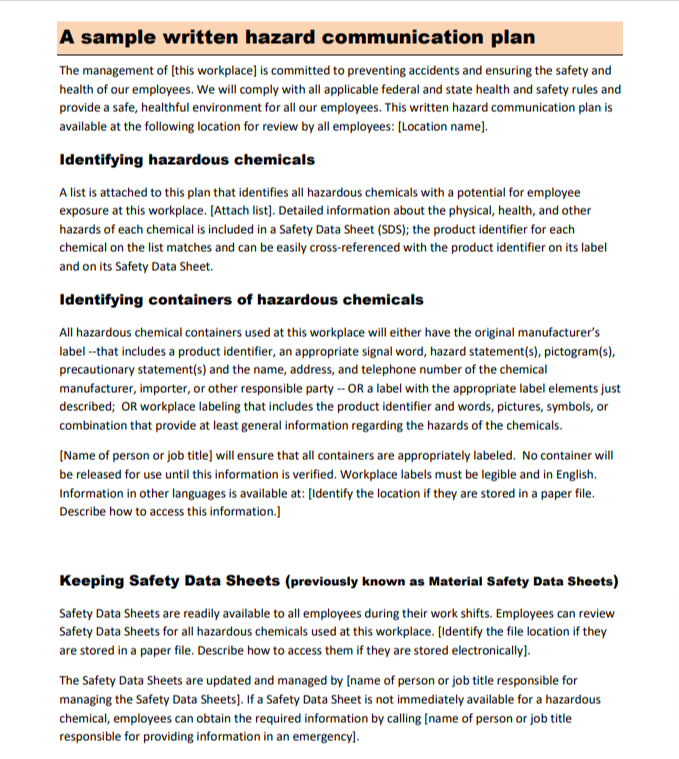
osha.oregon.gov
Download


